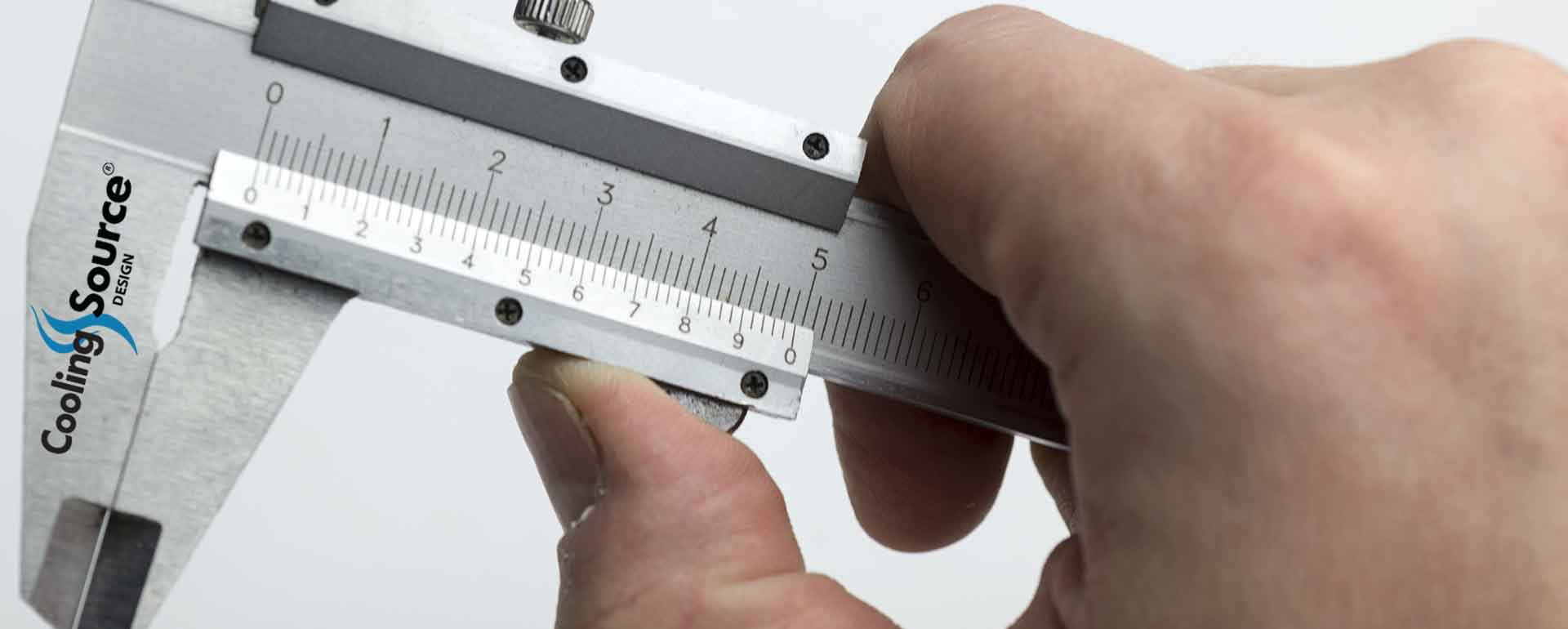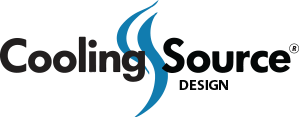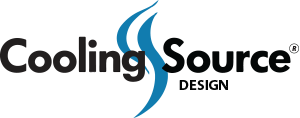
inspection
Inspection of heatsinks and CNC machine parts offers several advantages and benefits, including:
1. Quality assurance: Inspection ensures that heatsinks and CNC machine parts meet the specified quality standards. It helps identify any defects, dimensional variations, or surface imperfections that may affect their performance or functionality.
2. Customer satisfaction: Thorough inspection ensures that only high-quality products are delivered to customers. This enhances customer satisfaction by providing them with reliable, defect-free heatsinks and CNC machine parts that meet their requirements.
3. Cost reduction: Inspection helps identify any non-conforming parts early in the manufacturing process, reducing costs associated with rework, scrap material, or warranty claims. By catching issues before they reach the customer, unnecessary expenses can be minimized.
4. Process improvement: Through inspection data analysis, trends and patterns can be identified to improve manufacturing processes continuously. This allows for adjustments in production methods or design modifications to enhance overall product quality and efficiency.
5. Compliance with standards: Inspection ensures compliance with industry-specific regulations or quality management systems such as ISO 9001.This is particularly important for industries where safety,critical performance parameters,and reliability are crucial.Ensuring adherence to these standards maintains credibility,reputation,and market competitiveness.
The procedures involved in inspecting heatsinks and CNC machine parts may include:
1. Visual inspection: A visual examination is conducted to check for any visible defects such as scratches,dents,surface finish inconsistencies,color variations,machining marks,and other cosmetic issues.Visual inspection also includes verifying dimensions against specifications using measuring tools like calipers,rulers,gauge blocks etc.
2.Dimension measurement:A variety of measurement techniques are used to verify critical dimensions.These may include coordinate measuring machines (CMM),optical comparators,height gauges,micrometers,dial indicators,and other precision measuring instruments.The measurements are compared against engineering drawings or CAD models to ensure accuracy within specified tolerances.
3.Functional testing (if applicable): Depending on the specific requirements of the heatsinks or CNC machine parts,functional testing may be performed.This can include thermal performance testing,pressure testing,electrical conductivity tests,or any other relevant tests to verify that the components meet their intended functionality.
4. Documentation and record-keeping: Inspection results are documented and recorded for traceability and quality control purposes. This includes maintaining inspection reports,dimensional measurement records,test certificates,and other relevant documentation.
It is important to establish clear inspection criteria,specifications,and acceptance criteria for heatsinks and CNC machine parts prior to conducting inspections.This ensures consistency in evaluation and decision-making during the inspection process.
By implementing thorough inspection procedures,you can ensure that only high-quality heatsinks and CNC machine parts are delivered to customers,reducing costs,enabling continuous improvement,and enhancing overall customer satisfaction.

